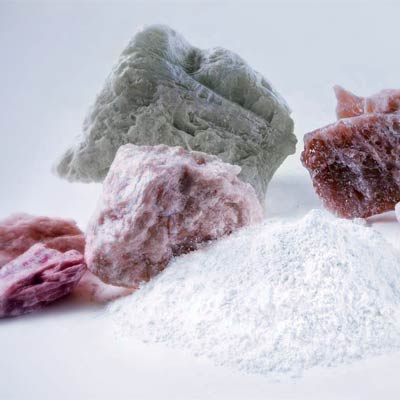Talc may be used as a filler or additive in the polyvinyl chloride (PVC) manufacturing. Adding talc results in the certain improved PVC characteristics and optimized manufacturing process. Here is how talc may impact the PVC quality:
Improved mechanical properties: adding talc enables improvement in PVC mechanical properties, such as tearing strength, shock resistance and resistance to wear and tear. This is particularly useful where high resilience and durability are required.
Improved thermal resistance: talc has great thermal stability parameters, and, if added, it is capable of improving PVC’s thermal resistance. This may be relevant where the material will face high temperatures.
Improved molding and forming: talc enhances PVC’s capacity for molding and forming, and therefore, facilitates the manufacturing process and enables making products with more complicated shapes.
Improved electric insulation properties: using talc provides PVC with improved electric insulation properties making it more suitable for electrical and electronic applications.
Using talc to manufacture PVC is basically useful for certain applications and its effects may vary depending on specific requirements to the material and manufacturing process.



